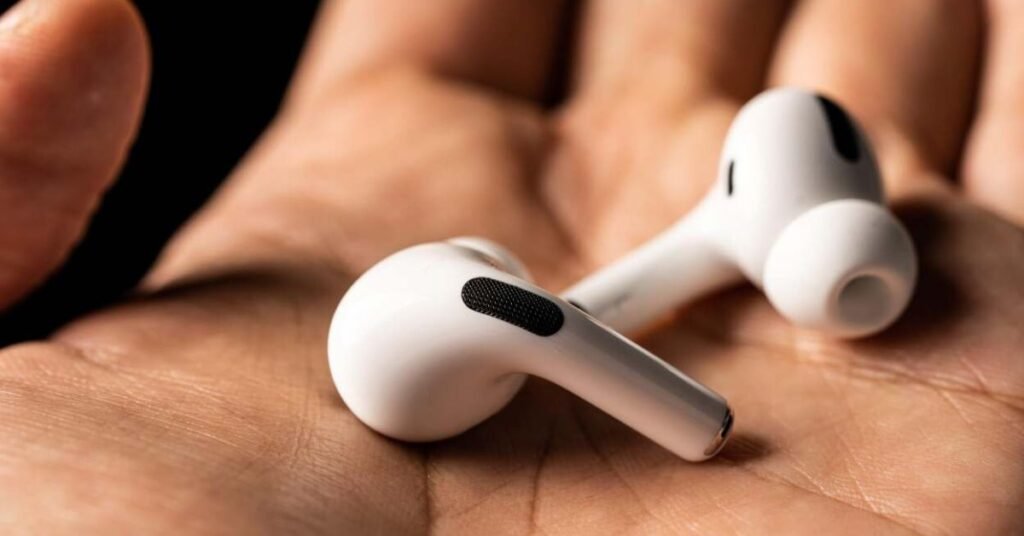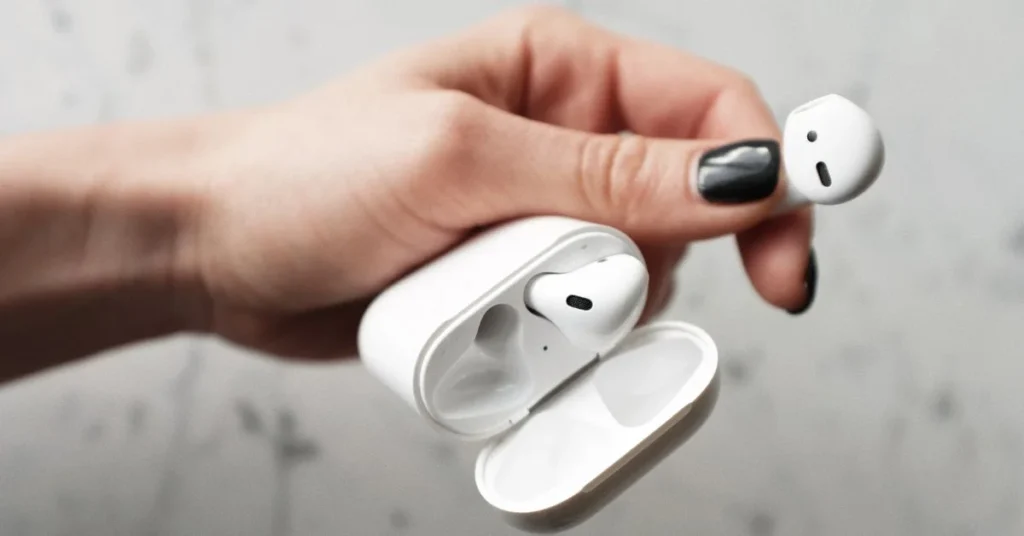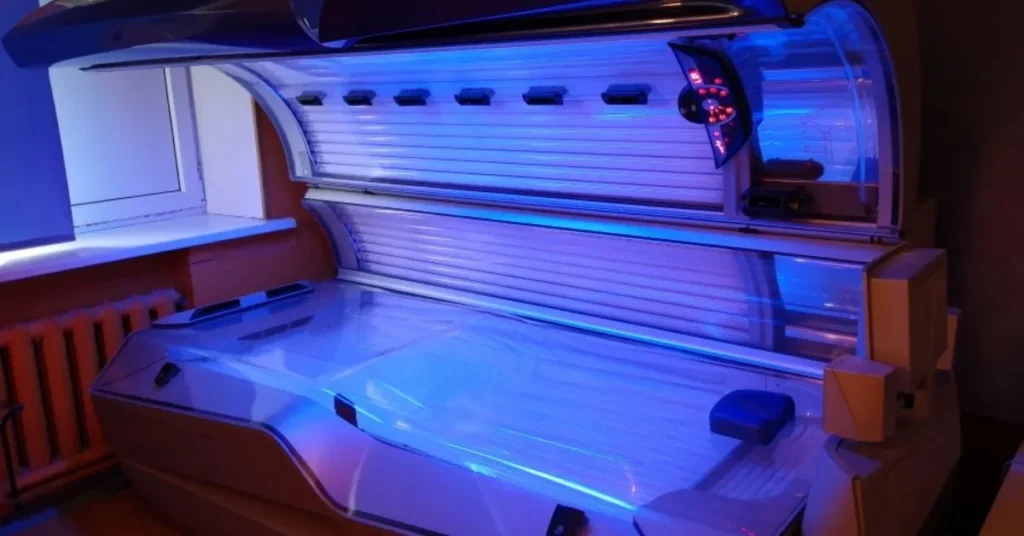AirPods are created to be durable and also water-resistant but not entirely waterproof. You have to know, accidents are common, and there is a tendency for AirPods to become wet through rainfall, sweating, or perhaps being submerged accidentally in water. In this guide, we walk you through ways to safely extract water from your AirPods, thereby saving your AirPods from getting permanently damaged.
A Guide to Remove Water from Your AirPods
1. Take Your AirPods Out of the Case:- If your AirPods have been exposed to water, the first step is to remove them from the charging case. Water in the charging port can cause more harm if left for too long.
2. Dry the Exterior:- Use a soft, lint-free cloth to gently dry the outside of your AirPods. Wipe them down thoroughly, paying special attention to the speaker grills and other areas where water might collect.
3. Dry by One of the Following Methods (No Heat!):- To remove water from the internal parts of the AirPods, you should use one of the following methods:
- Leave it to dry in the air: Let your AirPods lay on a clean, dry surface and allow it to dry in the air for at least 24 hours. That way, moisture will slowly evaporate without harming the AirPods.
- Use a Desiccant: This desiccant (such as silica gel packets) will absorb the moisture inside your AirPods. Place the AirPods in a sealed container with silica gel packets inside and seal the container for 24-48 hours to suck out the moisture.
- Try the Rice Method (As a Last Resort): Though not as efficient as silica gel, putting your AirPods in a bag of uncooked rice for a day or two can suck out some moisture. This is not a long-term solution since sometimes the rice particles can get stuck in the charging ports.
4. Do Not Use Heat:- It is tempting to use a blow dryer or put your AirPods near a heat source, but do not use heat. High temperatures can damage the internal components and may lead to permanent malfunction.
5. Check for Sound or Charging Issues:- After your AirPods have dried completely, check for any sound issues or charging problems. If your AirPods sound muffled or don’t charge, there might still be some moisture inside. If that happens, consider repeating the drying process.
6. Try Using Them in Dry Conditions:- If your AirPods work but sound muffled, try using them in a dry environment to give any residual moisture time to evaporate.
What to Do if Your AirPods Don’t Work After Water Exposure?
If your AirPods still aren’t working properly after following the drying steps, consider these options:
- Reset Your AirPods: Sometimes, resetting your AirPods can help them function normally again. To reset, place them in the case, hold the setup button on the back of the case until the LED flashes amber, and then reconnect them to your device.
- Reach Apple Support: This might be some internal damage if the problem lingers, so you should now contact Apple Support for further actions. If your AirPods have AppleCare+, then chances are it is covered through your warranty even if it had water damage.
FAQs Section!
If your AirPods fall into water, you should immediately pull them out. Wipe off the exterior using a cloth. Dry the earbuds further using a desiccant, by putting them in a container full of desiccants for 24 to 48 hours.
No, you should not put your AirPods in the fridge or freezer. Extreme cold can cause condensation inside the AirPods, which can further damage them. Air dry or use a desiccant.
Let your AirPods dry for at least 24 hours. If they are still not working properly, try to extend the drying time or use desiccant packets.
While it is a popular method to dry your AirPods, placing them in rice is not the best as it may cause rice particles to get into the charging port. Instead, you can use desiccant packets or, if available, rice can be used lastly.
You should refrain from using your AirPods until they become completely dry. If you start using them when they are still moist, the damage might become permanent.
To avoid water damage, do not wear your AirPods in heavy rain or submerge them in water. If you have AirPods Pro or newer models, they are sweat and water-resistant, but they are not waterproof. You may want to invest in a waterproof case for added protection.
Water damage is usually excluded from Apple’s warranty unless you have a safeguard, such as AppleCare+, that might protect it against accidental damage (like exposure to water). For more information, contact Apple Support.





